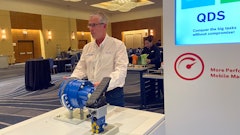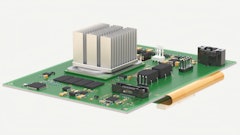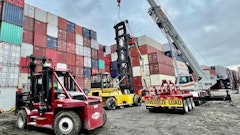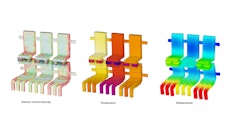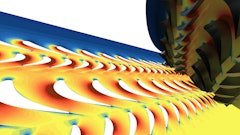
Welding is used in many industries as an effective and economical method for making structural joints between metal parts. However, the nature of the welding process means that welded joints generally have a fatigue strength that is inferior to that of the parts being joined together. At the same time, welds often tend to be made at geometric features or changes in section in the structure. The result of these facts is that even in a well-designed structure, it is typically the welded joints that are most likely to fail by fatigue. Any evaluation of the durability of a welded structure must therefore place a high priority on a fatigue assessment of the welded joints. A number of features have been implemented in nCode DesignLife to facilitate the fatigue analysis of welds, and there is an on-going program of development to improve these and extend their range of applicability.
This paper outlines the main methods implemented, and provides some background and validation cases.
Watch a video on Fatigue Analysis of Seam Welds using nCode DesignLife











